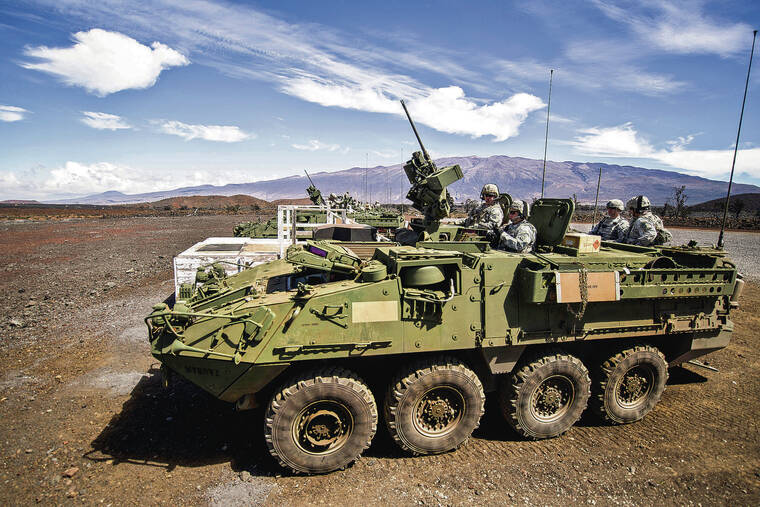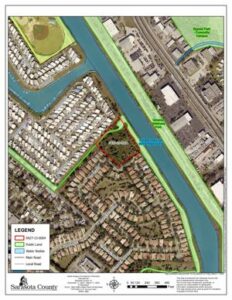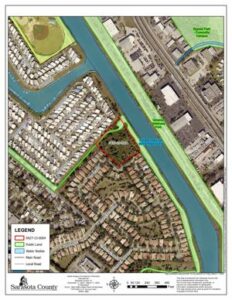
URGENT UPDATE: New reports from the final environmental impact statement (EIS) reveal that the Pohakuloa Training Area (PTA) in Hawaii is a growing wildfire risk, with over 1,260 wildfires ignited since 1975. This alarming data underscores a critical threat, especially as climate change accelerates the frequency of such disasters.
The EIS indicates that the recorded number of wildfires may be even higher due to incomplete records prior to 2012. With the devastating memory of last year’s Lahaina fire, which ravaged thousands of acres, concerns are intensifying about the potential for a similar catastrophe at PTA. Just one year before Lahaina, a wildfire from PTA scorched tens of thousands of acres, including over 12,000 acres beyond the military base, raising urgent questions about the area’s safety.
Environmental advocates, including Jim Albertini, President of Malu ‘Aina, are calling for immediate action. Albertini warns, “Is PTA a Lahaina in the making? Shut down PTA now. Clean up the unexploded ordnance and toxic mess, and return the land to the people.” His statement reflects the growing sentiment among local residents and environmentalists who argue that military activities, including bombing and shelling, are incompatible with the state conservation district designation of the area.
The implications of this situation are dire. As climate change continues to exacerbate wildfire conditions, the threat to both natural and human resources in Hawaii is escalating. The EIS findings indicate that without intervention or changes to military operations, the risk of catastrophic wildfires will only increase, jeopardizing the safety of nearby communities.
Authorities are now faced with a critical decision: Will they take action to mitigate the risks at PTA, or will they allow this dangerous situation to persist? As the community waits for a response, the urgency of the matter has never been clearer.
Stay tuned for further developments. The situation at Pohakuloa is evolving rapidly, and it is essential for residents and stakeholders to stay informed about potential actions that could impact their safety and environment.





